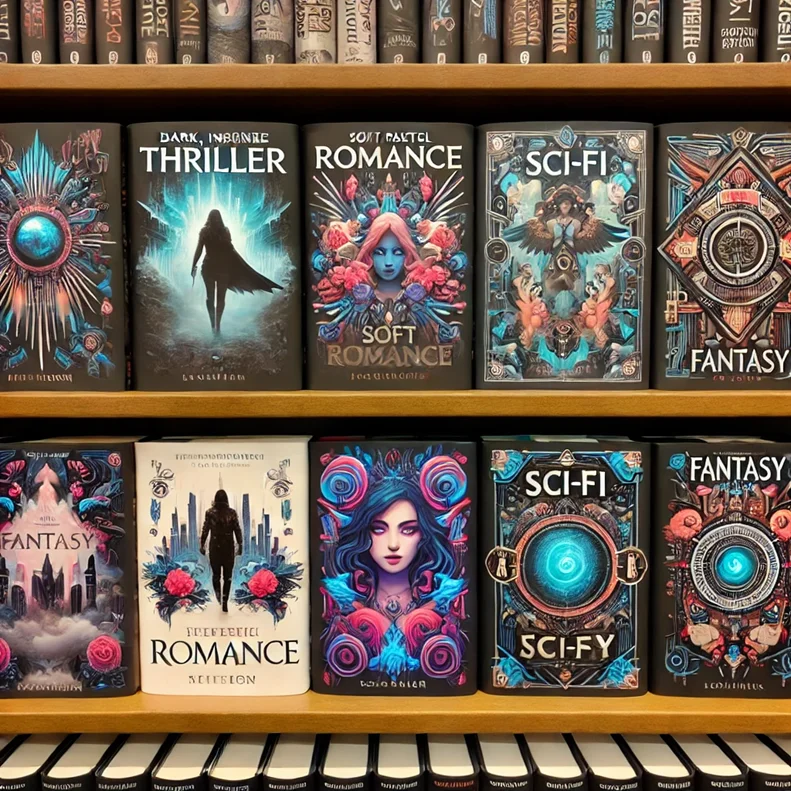
A book cover is more than just a visual; it’s an invitation. In a crowded marketplace, a well-designed cover can be the difference between a sale and a pass. When people say, “Don’t judge a book by its cover,” they aren’t talking about the reality of book sales. The truth is, a captivating cover grabs attention, conveys the story’s essence, and helps readers decide whether to pick up a book or leave it on the shelf. Here’s why design matters so much in the world of books.
The cover is the first interaction a reader has with a book, whether online or in-store. It’s a crucial first impression that happens in seconds. A well-designed cover draws readers in, hinting at what lies within. It’s often that initial pull that encourages readers to read the synopsis or flip through the pages, leading to a potential purchase.
A book cover communicates the genre and tone of the story at a glance. Readers often make snap judgments based on covers, expecting specific design cues for certain genres. A sci-fi novel might have futuristic elements, while historical fiction could feature vintage illustrations or typography.
For authors, particularly those with a series, covers can play a significant role in building a recognizable brand. Consistent design elements across a series, like similar fonts, color schemes, or thematic visuals, create cohesion. This branding helps readers easily recognize books by the same author or in the same series, making them more likely to seek them out.
Typography and color are powerful tools in book design. The style and arrangement of text can influence a reader’s perception of the book’s content. For example, a bold, modern font might suggest a contemporary story, while a delicate, cursive font could hint at a romance.
Books with professional-looking covers are more likely to attract readers, as they’re perceived as higher quality and more trustworthy. A poorly designed cover, on the other hand, can make a book look amateurish, leading readers to question the quality of the content inside.
A great cover design gives readers a taste of the story without revealing too much. It hints at the adventure, mystery, or romance within, piquing curiosity while keeping key plot points under wraps. This subtlety makes readers want to dive in to uncover the story behind the cover.
In the competitive world of publishing, a well-designed book cover isn’t just decoration; it’s a strategic tool that attracts readers, sets expectations, and communicates the story’s spirit. Investing in a compelling cover design can make all the difference in book sales, giving your story the chance it deserves to captivate readers from the first glance.
Blog Comments